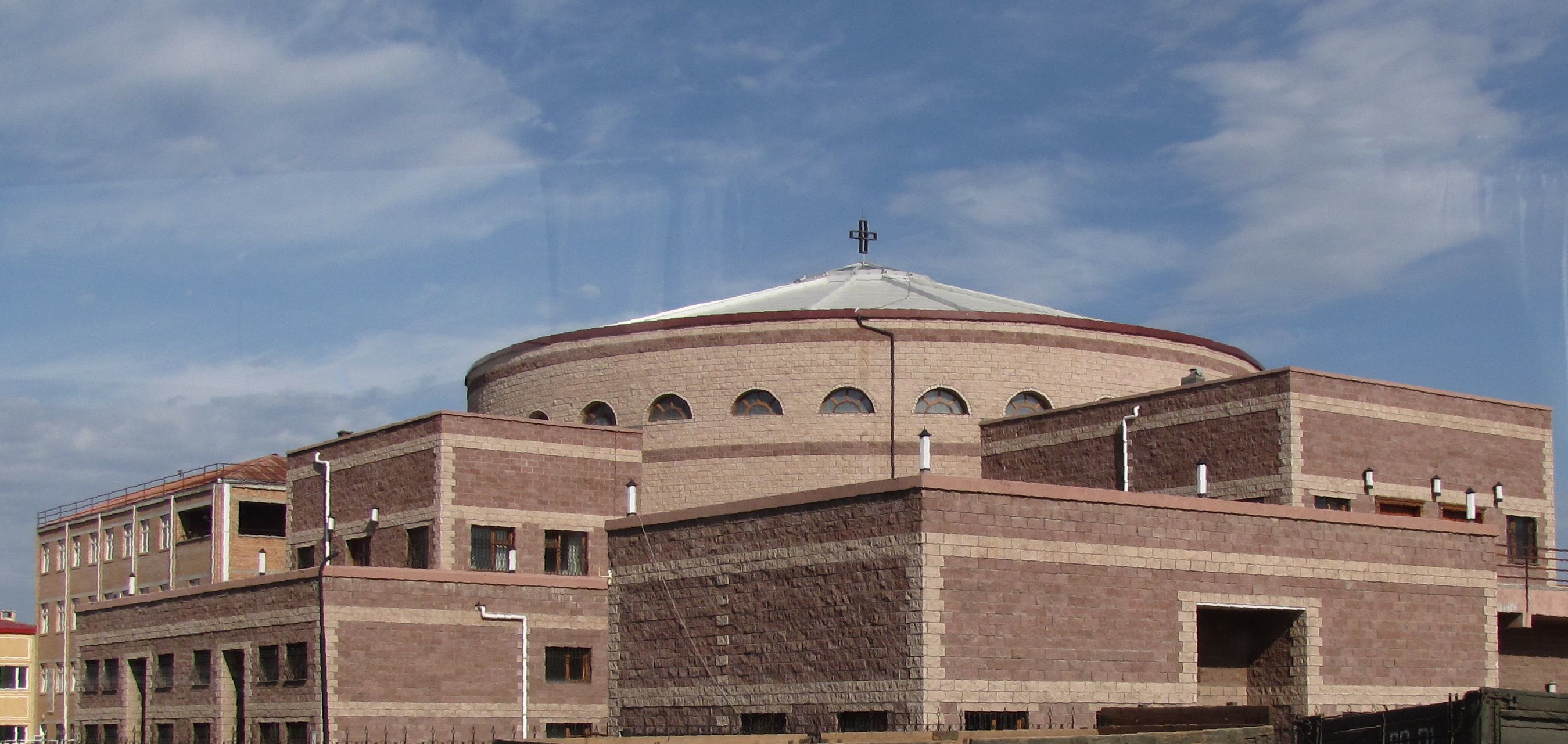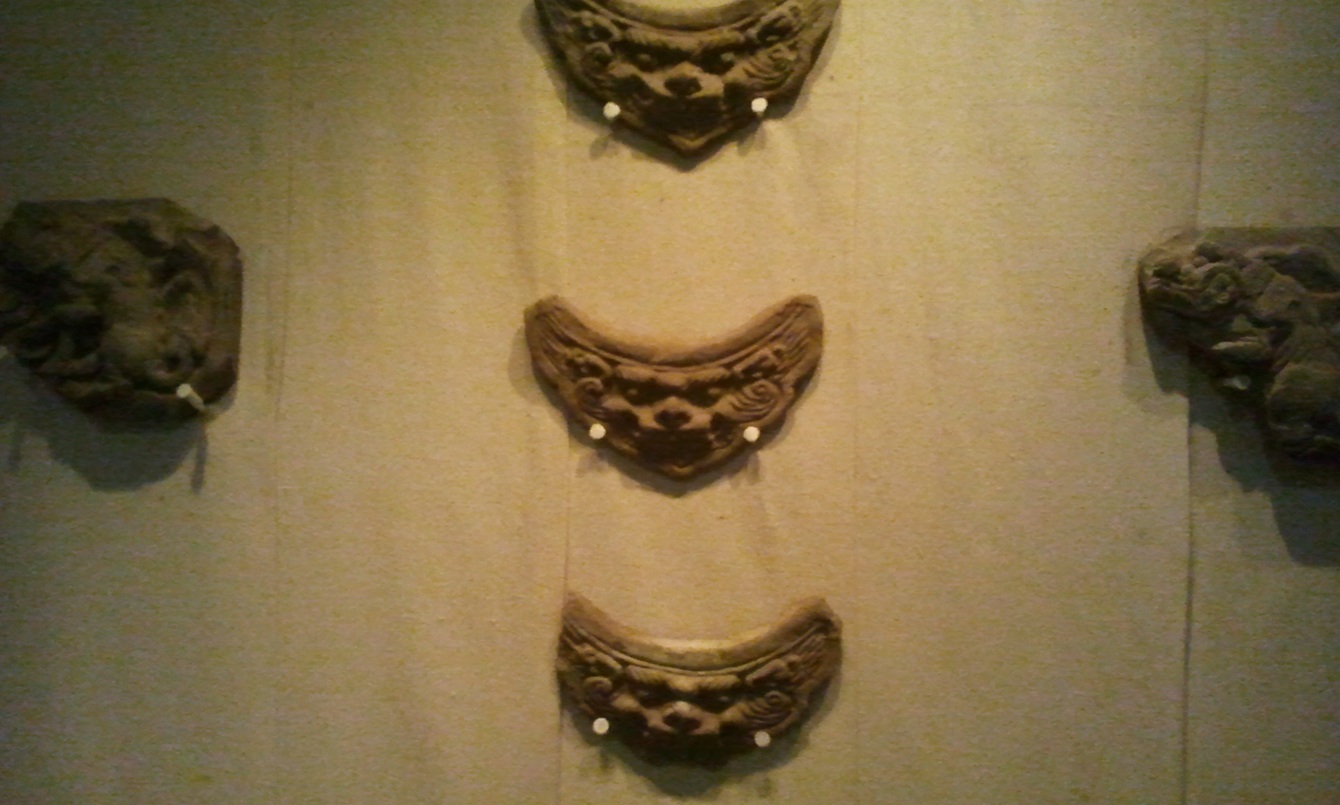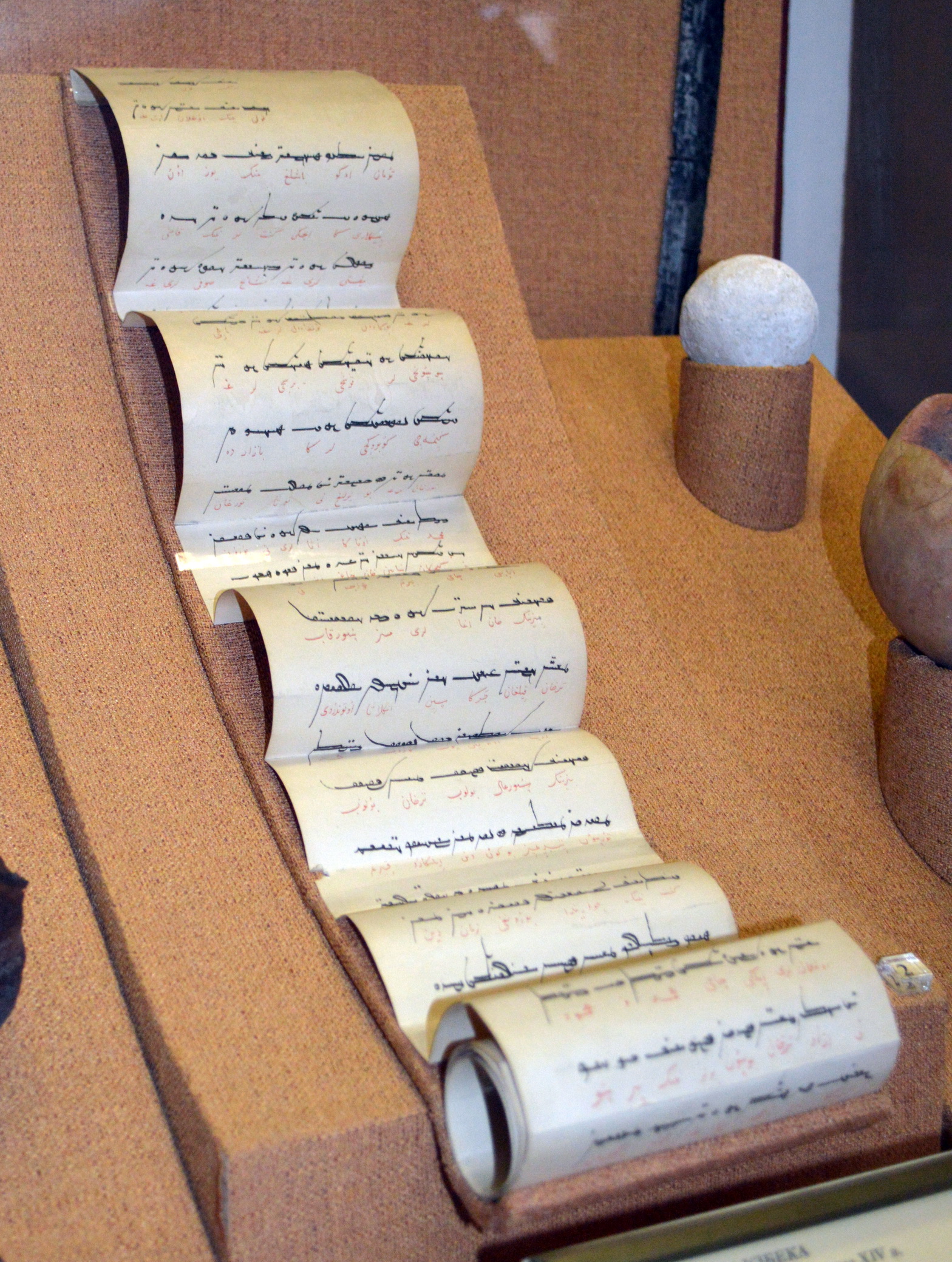|
Christianity In Mongolia
Christianity in Mongolia is a minority religion. In 2020, Christians made up 1.94% of the population. Most Christians in Mongolia became Christian after the Mongolian Revolution of 1990. According to the Christian missionary group ''Mission Eurasia'', the number of Christians grew from less than 50 in 1989 to around 75,000 as of 2025. Statistics According to the 2010 National Census there were 41,117 Christians (age of 15 and older) or 2.1% of total population. Nestorianism In the 7th century, Nestorianism was the first form of Christianity to be proselytized among the Mongols, although it was a minority religion and remained so. However, it had great philosophical influence on other Mongolian spiritual traditions, such as Buddhism and shamanism. During the rise of the Mongol Empire in the 13th century, the Great Khans, though mostly Shamanists and Buddhist, were religiously tolerant towards the Nestorian Christians, Muslims, and Manichaeans. Many of the khans had Nestor ... [...More Info...] [...Related Items...] OR: [Wikipedia] [Google] [Baidu] |
Mongolia
Mongolia is a landlocked country in East Asia, bordered by Russia to the north and China to the south and southeast. It covers an area of , with a population of 3.5 million, making it the world's List of countries and dependencies by population density, most sparsely populated sovereign state. Mongolia is the world's largest landlocked country that does not border an Endorheic basin, inland sea, and much of its area is covered by grassy steppe, with mountains to the north and west and the Gobi Desert to the south. Ulaanbaatar, the capital and List of cities in Mongolia, largest city, is home to roughly half of the country's population. The territory of modern-day Mongolia has been ruled by various nomadic empires, including the Xiongnu, the Xianbei, the Rouran, the First Turkic Khaganate, the Second Turkic Khaganate, the Uyghur Khaganate and others. In 1206, Genghis Khan founded the Mongol Empire, which became the largest List of largest empires, contiguous land empire i ... [...More Info...] [...Related Items...] OR: [Wikipedia] [Google] [Baidu] |
Oxford University Press
Oxford University Press (OUP) is the publishing house of the University of Oxford. It is the largest university press in the world. Its first book was printed in Oxford in 1478, with the Press officially granted the legal right to print books by decree in 1586. It is the second-oldest university press after Cambridge University Press, which was founded in 1534. It is a department of the University of Oxford. It is governed by a group of 15 academics, the Delegates of the Press, appointed by the Vice Chancellor, vice-chancellor of the University of Oxford. The Delegates of the Press are led by the Secretary to the Delegates, who serves as OUP's chief executive and as its major representative on other university bodies. Oxford University Press has had a similar governance structure since the 17th century. The press is located on Walton Street, Oxford, Walton Street, Oxford, opposite Somerville College, Oxford, Somerville College, in the inner suburb of Jericho, Oxford, Jericho. ... [...More Info...] [...Related Items...] OR: [Wikipedia] [Google] [Baidu] |
Ulaanbaatar
Ulaanbaatar is the Capital (political), capital and List of cities in Mongolia, most populous city of Mongolia. It has a population of 1.6 million, and it is the coldest capital city in the world by average yearly temperature. The municipality is located in north central Mongolia at an elevation of about in a valley on the Tuul River. The city was founded in 1639 as a nomadic Buddhist monasticism, Buddhist monastic centre, changing location 29 times, and was permanently settled at its modern location in 1778. During its early years, as Örgöö (anglicized as Urga), it became Mongolia under Qing rule, Mongolia's preeminent religious centre and seat of the Jebtsundamba Khutuktu, the spiritual head of the Gelug lineage of Tibetan Buddhism in Mongolia. Following the regulation of Kyakhta trade, Qing-Russian trade by the Treaty of Kyakhta (1727), Treaty of Kyakhta in 1727, a caravan route between Beijing and Kyakhta opened up, along which the city was eventually settled. With ... [...More Info...] [...Related Items...] OR: [Wikipedia] [Google] [Baidu] |
Khalkha Mongols
The Khalkha (; ) have been the largest subgroup of the Mongols in modern Mongolia since the 15th century. The Khalkha, together with Chahars, Ordos Mongols, Ordos and Tumed, were directly ruled by Borjigin khans until the 20th century. In contrast, the Oirats were ruled by Dzungar people, Dzungar nobles and the Khorchin Mongols, Khorchins were ruled by Qasar's descendants. The two original major Khalkha groups were ruled by the direct male line descendants of Dayan Khan. The Baarin, Khongirad, Jaruud, Bayads, Bayaud and the O'zeed (Ujeed) became the subjects of Dayan Khan's fifth son Achibolod. They formed the Southern Five Halhs. Seven northern Khalkha otogs: 1) Jalairs, Olkhonud; 2) Besut, Iljigin; 3) Gorlos, Keregut; 4) Khuree, Khoroo, Tsookhor; 5) Khukhuid, Khatagin; 6) Tangut people, Tanghut, Sartuul; and 7) Uriankhai д.и.н. Э. П. Бакаева, д.и.н. К. В. Орлова became subjects of Dayan Khan's youngest (could be third) son Geresenje (). Khotogoids are ... [...More Info...] [...Related Items...] OR: [Wikipedia] [Google] [Baidu] |
Holy Trinity Church, Ulaanbaatar
The Holy Trinity Church () also called Trinity Church is a Russian Orthodox church in Ulaanbaatar, capital of Mongolia; situated on Zhukova street, 55 - a, in Bayanzurkh District. In 1860, as a result of the signing of the Convention of Peking, the Russian Empire was granted the right to open a consulate in Urga, the capital of Outer Mongolia. In 1863 the consulate staff with a convoy of twenty Cossacks came to Urga and opened its own building for the consulate that bound directly to the Orthodox Church in honour of the Holy Trinity The Trinity (, from 'threefold') is the Christian doctrine concerning the nature of God, which defines one God existing in three, , consubstantial divine persons: God the Father, God the Son (Jesus Christ) and God the Holy Spirit, three .... On 22 March 1864 it was sent the first priest who offered a religious service. This date is considered the beginning of the Holy Trinity parish of Russian Orthodox Church in Mongolia. Since 1927, the ... [...More Info...] [...Related Items...] OR: [Wikipedia] [Google] [Baidu] |
Russian Orthodox Church
The Russian Orthodox Church (ROC; ;), also officially known as the Moscow Patriarchate (), is an autocephaly, autocephalous Eastern Orthodox Church, Eastern Orthodox Christian church. It has 194 dioceses inside Russia. The Primate (bishop), primate of the ROC is the patriarch of Moscow and all Rus'. The History of the Russian Orthodox Church, history of the ROC begins with the Christianization of Kievan Rus', which commenced in 988 with the baptism of Vladimir the Great and his subjects by the clergy of the Ecumenical Patriarch of Constantinople, ecumenical patriarch of Constantinople. Starting in the 14th century, Moscow served as the primary residence of the Russian List of metropolitans and patriarchs of Moscow, metropolitan. The ROC declared autocephaly in 1448 when it elected its own metropolitan. In 1589, the metropolitan was elevated to the position of patriarch with the consent of Constantinople. In the mid-17th century, a series of reforms led to Schism of the Russian ... [...More Info...] [...Related Items...] OR: [Wikipedia] [Google] [Baidu] |
Russians
Russians ( ) are an East Slavs, East Slavic ethnic group native to Eastern Europe. Their mother tongue is Russian language, Russian, the most spoken Slavic languages, Slavic language. The majority of Russians adhere to Eastern Orthodox Church, Orthodox Christianity, ever since the Middle Ages. By total numbers, they compose the largest Slavs, Slavic and Ethnic groups in Europe, European nation. Genetic studies show that Russians are closely related to Polish people, Poles, Belarusians, Ukrainians, as well as Estonians, Latvians, Lithuanians, and Finns. They were formed from East Slavic tribes, and their cultural ancestry is based in Kievan Rus'. The Russian word for the Russians is derived from the Names of Rus', Russia and Ruthenia, people of Rus' and the territory of Rus'. Russians share many historical and cultural traits with other European peoples, and especially with other East Slavic ethnic groups, specifically Belarusians and Ukrainians. The vast majority of Russians ... [...More Info...] [...Related Items...] OR: [Wikipedia] [Google] [Baidu] |
Berke
Berke Khan (died 1266/1267; also Birkai; Turki/ Kypchak: برکه خان, , ) was a grandson of Genghis Khan from his son Jochi and a Mongol military commander and ruler of the Golden Horde, a division of the Mongol Empire, who effectively consolidated the power of the Blue Horde and White Horde from 1257 to 1266. He succeeded his brother Batu Khan of the Blue Horde (West), and was responsible for the first official establishment of Islam in a khanate of the Mongol Empire. Following the Sack of Baghdad by Hulagu Khan, his cousin and head of the Mongol Ilkhanate based in Persia, he allied with the Egyptian Mamluks against Hulagu. Berke also supported Ariq Böke against Kublai in the Toluid Civil War, but did not intervene militarily in the war because he was occupied in his own war against Hulagu and the Ilkhanate. Name Berke is a name used by both Turkic peoples and Mongols. In Mongolian ''berke'' (cf. ''bärk'' in Old Turkic) means "difficult, hard". Birth Berke ... [...More Info...] [...Related Items...] OR: [Wikipedia] [Google] [Baidu] |
Kirill II Of Kiev
Kirill II, Kyrylo II or Cyril II (; ; died 6 December 1281) was the metropolitan of Kiev from 1242 until his death. He was close to the khan of the Golden Horde, Mengu-Timur. Biography Kirill was appointed metropolitan of Kiev by Daniel of Galicia. Soviet historians such as (1940) and Dmitry Likhachev (1947) have asserted that Kirill moved his official residence as metropolitan from Kiev to Vladimir on the Klyazma from about the year 1250, and thereafter made only infrequent journeys south to Kiev. This view was challenged by historians Joseph T. Fuhrmann (1976) and Donald Ostrowski (1993), who pointed out several entries in Rus' chronicles such as the ''Nikon Chronicle'' indicating that Kiev remained the ''de jure'' and ''de facto'' residence of Kirill during his entire tenure as metropolitan, as well as the early years of his successor Maximos. Prior to 1251 was close to Prince Daniel of Galicia (Danylo Halytskyi). In 1246 on the road to Nicaea he was negotiating with the ... [...More Info...] [...Related Items...] OR: [Wikipedia] [Google] [Baidu] |
Mengu-Timur
Mengu-Timur ( ) or Möngke Temür (; died 1280) was a son of Toqoqan Khan (himself the son of Batu) and Köchu Khatun of Oirat, the daughter of Toralchi Küregen and granddaughter of Qutuqa Beki. Mengu-Timur was a khan of the Golden Horde, a division of the Mongol Empire in 1266–1280. His name literally means "Eternal Iron" in the Mongolian language. Early reign and foreign policy During his reign, the Mongols together with their subjects, several Turkic tribes and the Russian princes, undertook military campaigns against Byzantium (c. 1269–1271), Lithuania (1275), and the Alans in the Caucasus (1277). The very first '' yarlyk'' (a license or written commandant of Mongol and Chinggisid rulers) found by historians was written on behalf of Mengu-Timur and contained information on the release of the Russian Church from paying tribute to the Golden Horde, even though he was a shamanist. During the reign of Mengu-Timur, the Genoese traders purchased Caffa from the Mong ... [...More Info...] [...Related Items...] OR: [Wikipedia] [Google] [Baidu] |
Jarlig
A jarlig, also written ''yarlyk'' (from ), is an edict, permission, license, or written commandant of Mongol and Chinggisid rulers' "formal diplomas." It was one of three non-fundamental law pronouncements that had the effect of regulation or ordinance, the other two being ''debter'' (a record of precedence cases for administration and judicial decisions) and ''billing'' (maxims or sayings attributed to Genghis Khan). The jarlig provides important information about the running of the Mongol Empire. Ögedei Khagan prohibited the nobility from issuing gergees (tablet that gave the bearer authority to demand goods and services from civilian populations) and jarliqs in the 1230s. From the mid-13th to mid-15th centuries, all princes of Northeastern Rus received jarliq authorizing their rule. The issuing of jarlyk on governing of Rus finalized the establishment of the title of Grand Duke of Vladimir (Grand Prince). Initially, those jarliq came from the qaghan in Karakorum, but afte ... [...More Info...] [...Related Items...] OR: [Wikipedia] [Google] [Baidu] |
Tibetan Buddhism
Tibetan Buddhism is a form of Buddhism practiced in Tibet, Bhutan and Mongolia. It also has a sizable number of adherents in the areas surrounding the Himalayas, including the Indian regions of Ladakh, Gorkhaland Territorial Administration, Darjeeling, Sikkim, and Arunachal Pradesh, as well as in Nepal. Smaller groups of practitioners can be found in Central Asia, some regions of China such as Northeast China, Xinjiang, Inner Mongolia and some regions of Russia, such as Tuva, Buryatia, and Kalmykia. Tibetan Buddhism evolved as a form of Mahayana, Mahāyāna Buddhism stemming from the latest stages of Indian Buddhism (which included many Vajrayana, Vajrayāna elements). It thus preserves many Indian Buddhist Tantra, tantric practices of the Gupta Empire, post-Gupta Medieval India, early medieval period (500–1200 CE), along with numerous native Tibetan developments. In the pre-modern era, Tibetan Buddhism spread outside of Tibet primarily due to the influence of the Mongol Emp ... [...More Info...] [...Related Items...] OR: [Wikipedia] [Google] [Baidu] |




